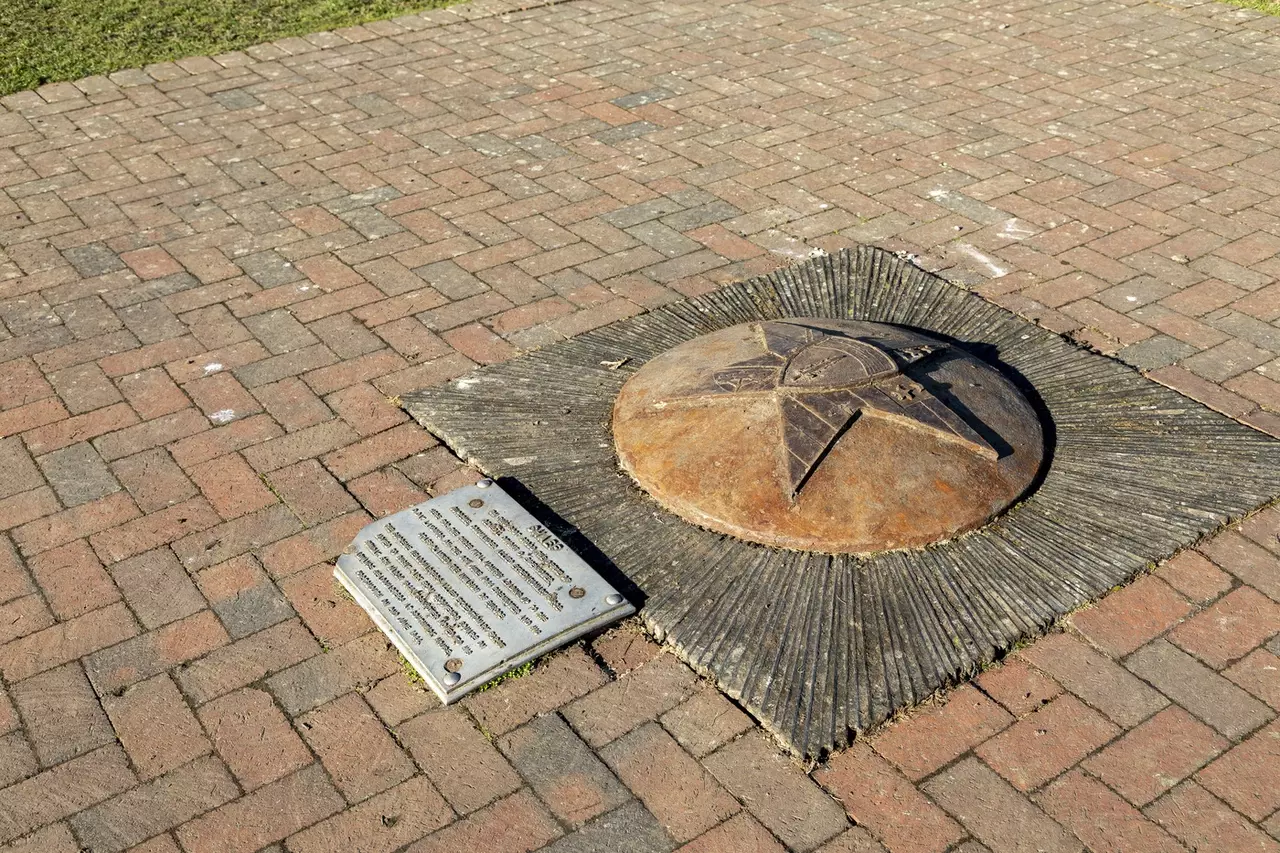-scr.jpgc1fd.jpg?itok=g0XsXGRH)
Welcome to Bushy Park
Over 1,000 acres of historic parkland lies waiting for you to explore!
Key information
Bushy Park's military history
When you’re wandering through beautiful Bushy Park, it’s hard to imagine that this peaceful space was once home to almost 8,000 troops.
During the Second World War, the park played host to Camp Griffiss, which housed thousands of American servicemen and women.
In 1944, they were joined by General Eisenhower who moved the Supreme Headquarters of the Allied Expeditionary Forces (SHAEF) to the park. From here he planned Operation Overlord, the code name of the D-Day landings in Normandy.
The wartime buildings were demolished a long time ago, but you can still spot reminders of Bushy Park’s proud military history. The site of Eisenhower’s former office is laid out with bricks and a plaque reminding visitors of its significance.
Just across from the site of Eisenhower’s office, you’ll see the US Army Air Force memorial. Installed by the Royal Air Force, this honours the US troops who were based at Bushy Park. A tablet reads: ‘It is through fraternity that liberty is saved.’
Next time you’re enjoying a stroll in Bushy Park, be sure to look out for these moving reminders of a world – and a park – at war. To find out more about these memorials, explore the links below.
Diana Fountain
The Diana Fountain is a bronze statue of goddess on a marble and stone fountain, surrounded by bronzes of four boys, four water nymphs and four shells. It is located at the centre of a round basin at the junction of Chestnut and Lime Avenues.
Designed in 1637 by Hubert Le Sueur at the request of King Charles I for his wife Henrietta Maria, this bronze statue of a goddess (sometimes described as Arethusa) is set on a marble and stone fountain, surrounded by bronzes of four boys, four water nymphs and four shells. Le Sueur submitted an invoice for £200 for the statue.
The fountain was moved to the Privy Garden of Hampton Court in 1656. In 1713 the fountain and statue were moved to Bushy Park to the middle of Chestnut Avenue, designed by Sir Christopher Wren, where it still stands today.
The fountain was restored in 2009 as part of the Bushy Park Restoration Project. The exact weight and height of the statue (2.38m tall and 924kg) were confirmed for the first time when it was moved for restoration. During restoration, a stone was uncovered on the base of the statue for the first time. It had a crown and the date AR 1712 (AR for Anne Regis) and would have been added when the fountain and statue were installed in the basin.

Eisenhower memorial
On 5 March 1944 General Eisenhower moved SHAEF (Supreme Headquarters Allied Expeditionary Forces) from Grosvenor Square in London to Camp Griffiss, a large US base in Bushy Park. From here he planned Operation Overlord, the code name of the D-Day landings in Normandy.
Although the wartime buildings were demolished in 1963, a brick pavement has been laid on the site of Eisenhower’s office as a marker of his top-secret presence in Bushy at a momentous time in modern history.

USAAF memorial
The USAAF memorial was installed by the Royal Air Force in memory of colleagues in the US 8th Army Air Force who occupied the camp site here from 1942.
This tablet, east of Teddington Gate, marks the site of Camp Griffiss. It is inscribed with the words: "It is through fraternity that liberty is saved".
It also commemorates the Berlin Airlift, which was coordinated from Camp Griffiss after the Second World War ended. Camp Griffiss was the heavily camouflaged base from which General Eisenhower planned Operation Overlord in 1944. The camp once housed 3000 men and was named after Lieutenant colonel Townsend Griffiss, the first US airman to die in the line of duty in Europe after the US entered the Second World War.
In 1999 The King, The then Prince of Wales, unveiled a plaque to commemorate the 50th anniversary of the lifting of the blockade on Berlin.
